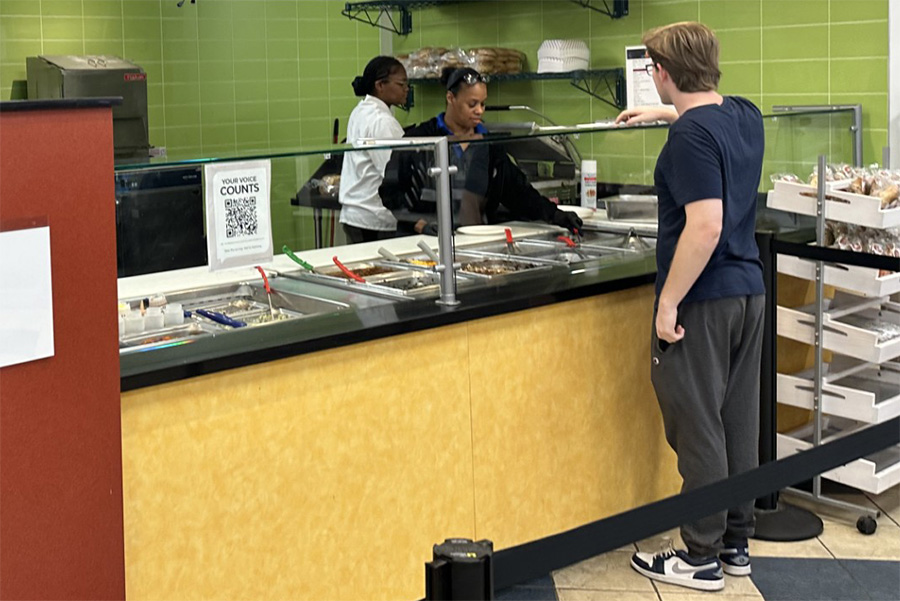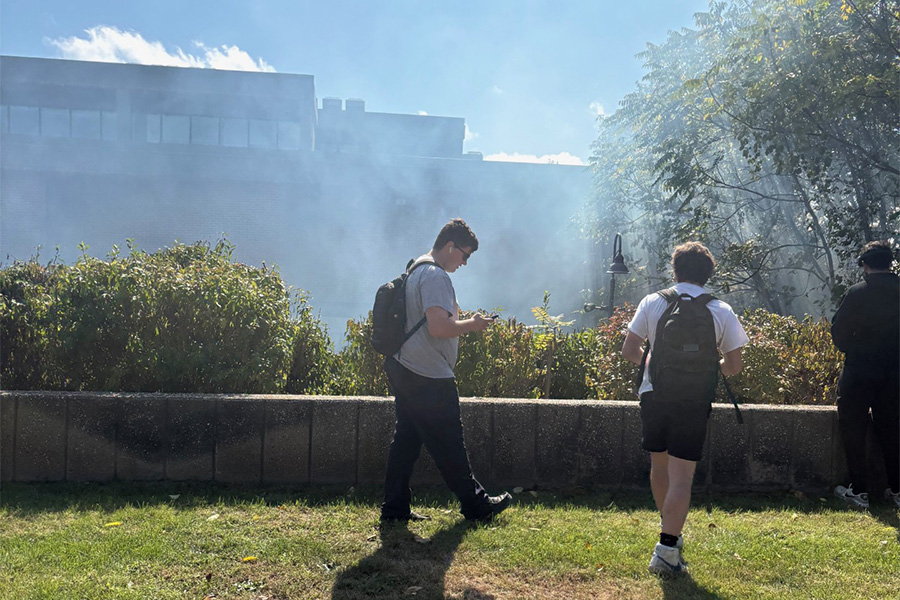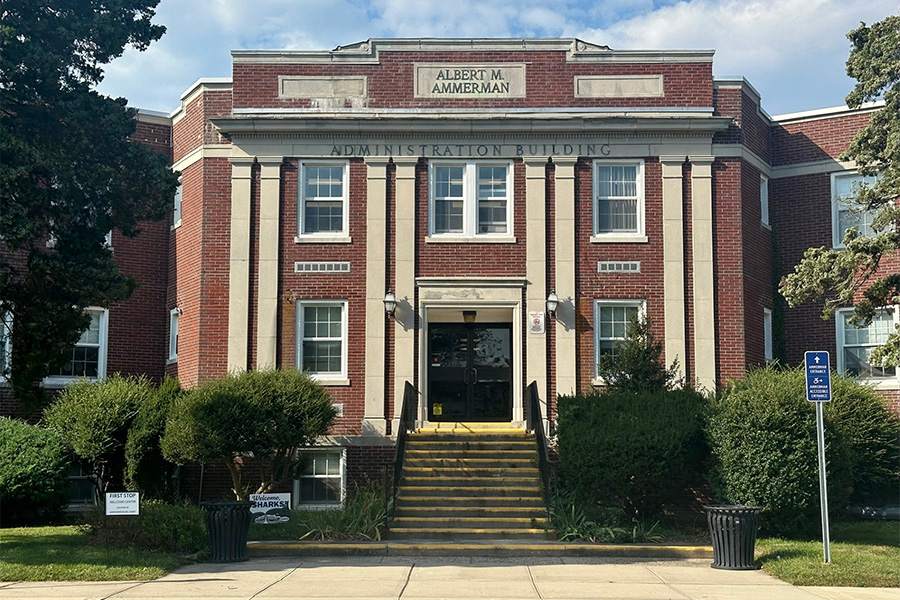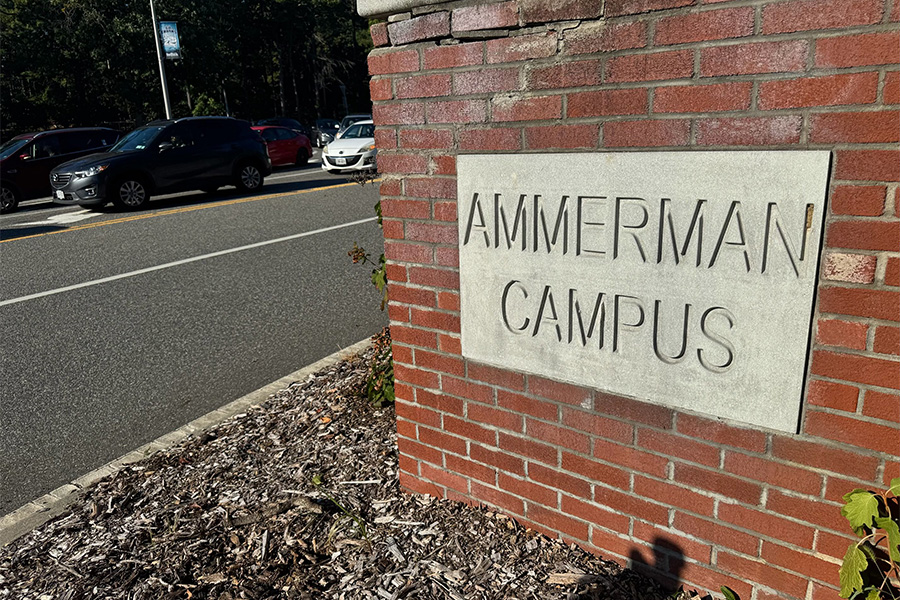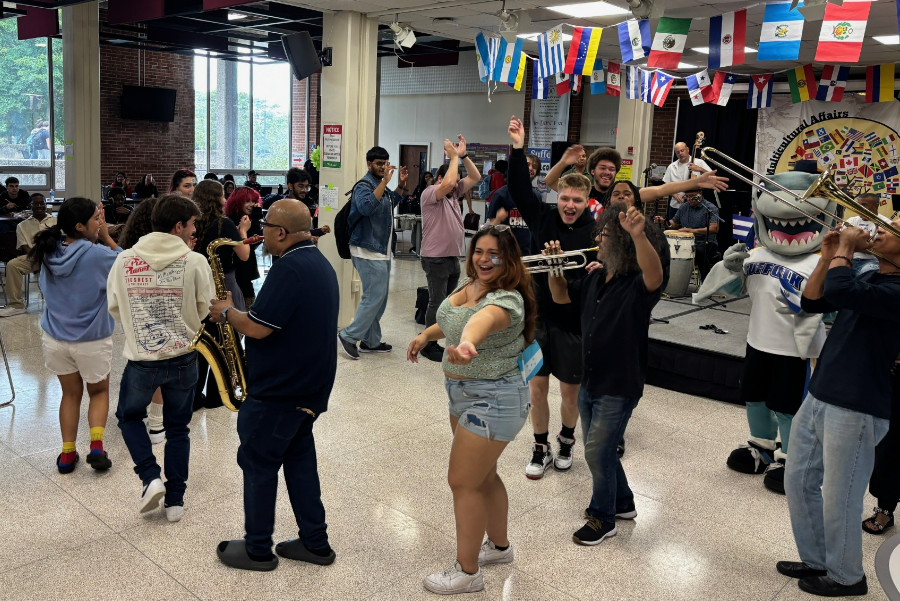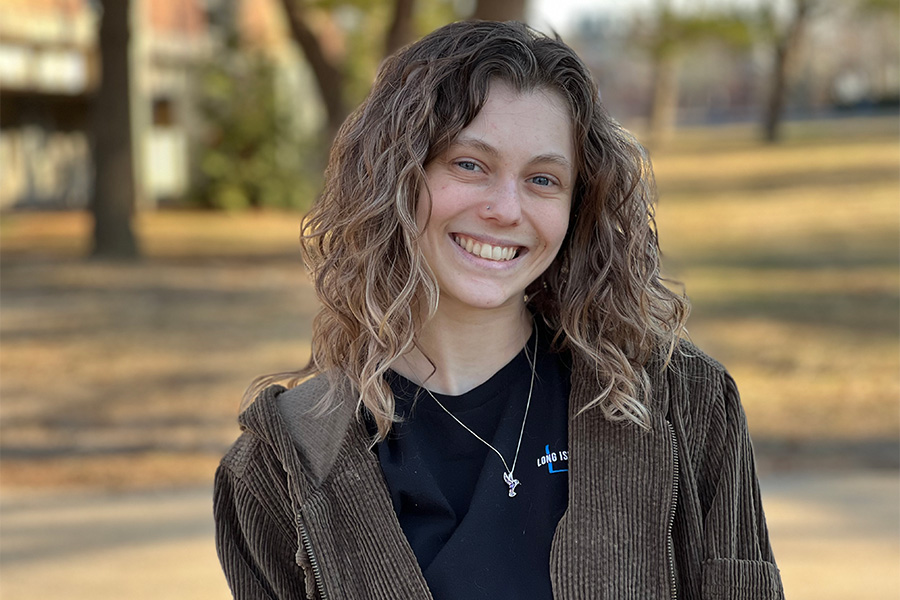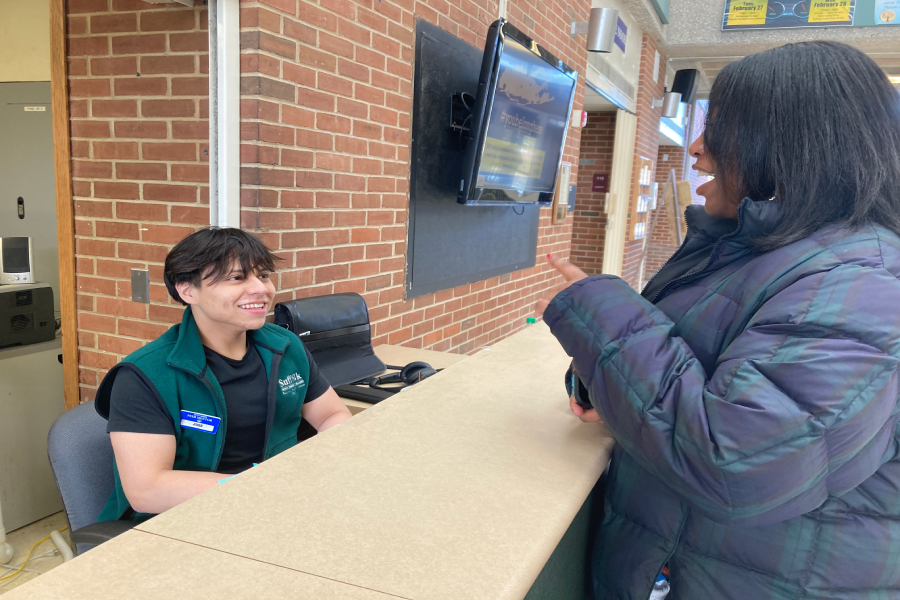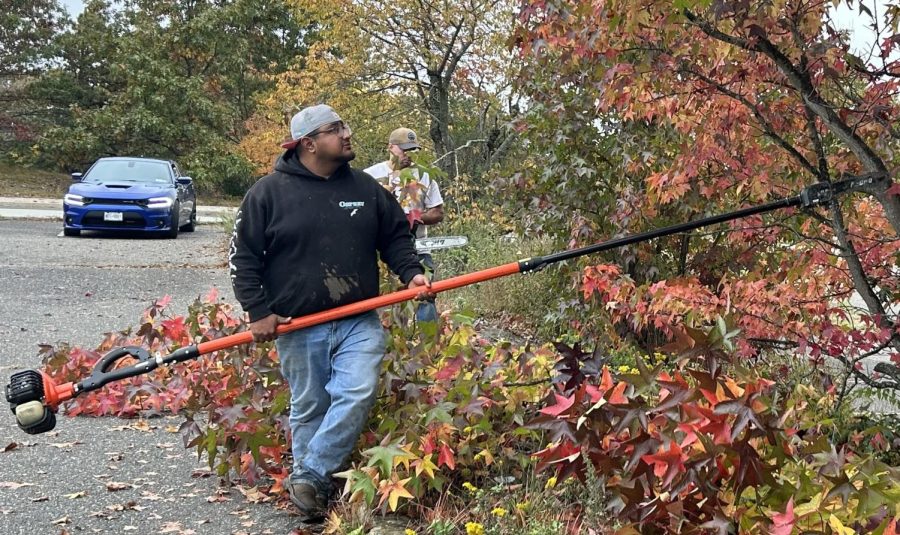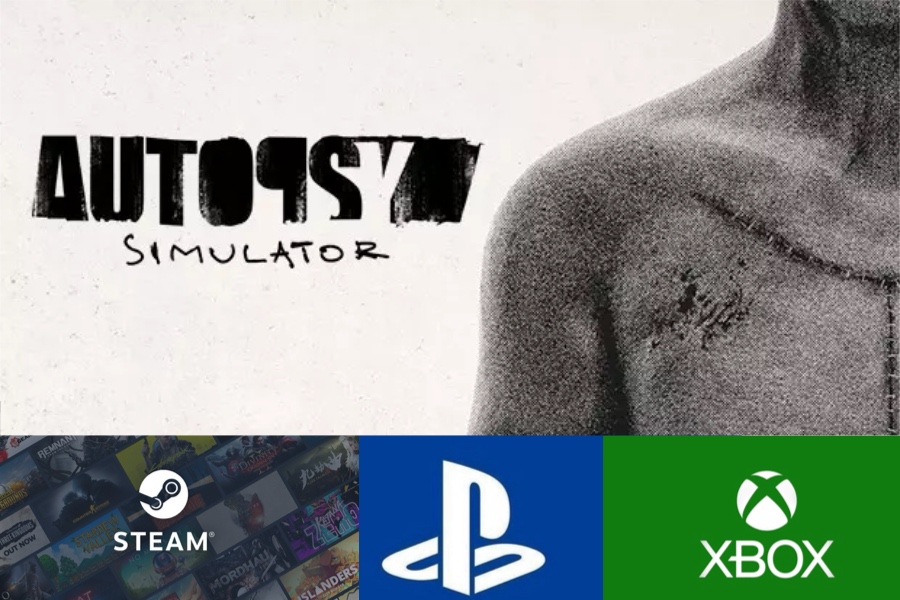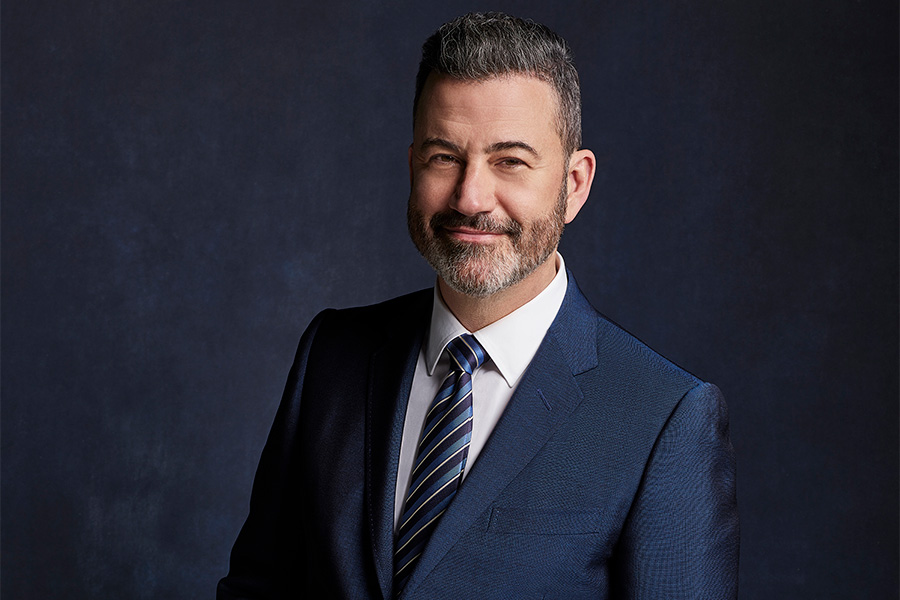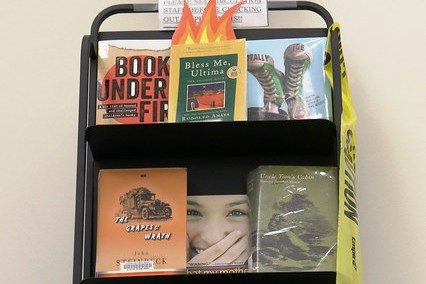Why Harm Reduction Should be Taught in High School Health
April 24, 2023
Don’t do drugs, We’ve all heard this as many times as we have heard “stranger danger” or “stay in place until you are found”. Teens do not have a good track record of listening to everything adults say or try to teach them. Explaining the reasoning behind these ideas is a good start, but what if teens choose to partake in risky activities anyways?
This is where harm reduction comes into play. The National Harm Reduction Coalition defines harm reduction as, “a set of practical strategies and ideas aimed at reducing the negative consequences associated with drug use”. A study published on PubMed suggests overdoses are the leading cause of accidental deaths in America. The following will elaborate on three critical points why teens should be taught harm reduction.
Avoiding Unintentional Consumption of Drugs
The culprit of many overdoses are synthetic opioids—the most notorious being Fentanyl. A lethal dose of fentanyl is roughly equivalent to a sprinkle of salt. For further reference, that amount fits on the tip of a pencil. Due to fentanyl’s potency, drugs are often cut with other products and then laced with it.
Various drugs can be laced with fentanyl, a few of which are: cocaine, various forms of pills, heroin, and methamphetamine.
That being said, drugs can be tested through fentanyl test kits. Knowing the importance of testing one’s drugs and knowing how to use these tests can avoid very preventable deaths.
Spotting an Overdose and Saving Those Who Have
Knowing how to spot an overdose is vital to getting a person medical help as soon as possible. This knowledge is often overlooked and not taught to students, although it could very well mean the difference between whether or not help is called. Opioid-related overdoses can be reversed by administering naloxone. Naloxone, widely known as Narcan, is a life-saving medication for those who have overdosed on opioids. Naloxone is a non-toxic nose spray (sometimes also injectable), harmless even to those who haven’t overdosed—meaning even if someone is not sure whether or not the person is experiencing an overdose— it can be administered.
Carrying naloxone could save someone’s life on the street or at a party. Naloxone kits have —and continue to— save lives, even in the possession of those who do not actively use drugs. These kits, should they be available in schools, could mean fewer overdoses among teens. Familiarizing teens with the Good Samaritan Law(s) in their state can also encourage them to call an ambulance in the case of an overdose by alleviating them of the possible legal implications that arise with underage drug use.
Good Samaritan Laws protect those who call for emergency help from being arrested for: drug possession, the sharing of drugs, underage drinking, etc. (varies by state).
Preventing the Spread of Disease
Harm reduction also prevents the spread of diseases that can be transmitted through the use of certain drugs. Explaining to teens the actual consequences of using specific drugs quells the innate curiosity teens may have about its effects, whereas a simple “don’t do drugs because they are bad” will not. In fact, a study conducted with highschool-aged teens suggested that increased harm reduction knowledge reduced overall substance use.
Educating on safer drug use, such as always using sterile equipment if using injectable substances or opting for cut-up straws instead of rolled-up bills, can prevent the exchange of pathogens in bodily fluids.
I am not saying clean needles and syringes should be available in schools, rather resources and additional information needs to be accessible/readily available.
Harm reduction is not encouraging drug use but rather based on the understanding that people are going to use drugs whether or not they are told not to; harm reduction does exactly what the name suggests: reducing the harmful effects of drugs. It takes a more understanding, realistic, and non-judgemental approach toward substance use, this also helps to avoid the stigma that comes along with the topic of substance abuse. And please remember, you don’t have to be addicted to overdose—your first time could easily be your last, even if only by accident.
